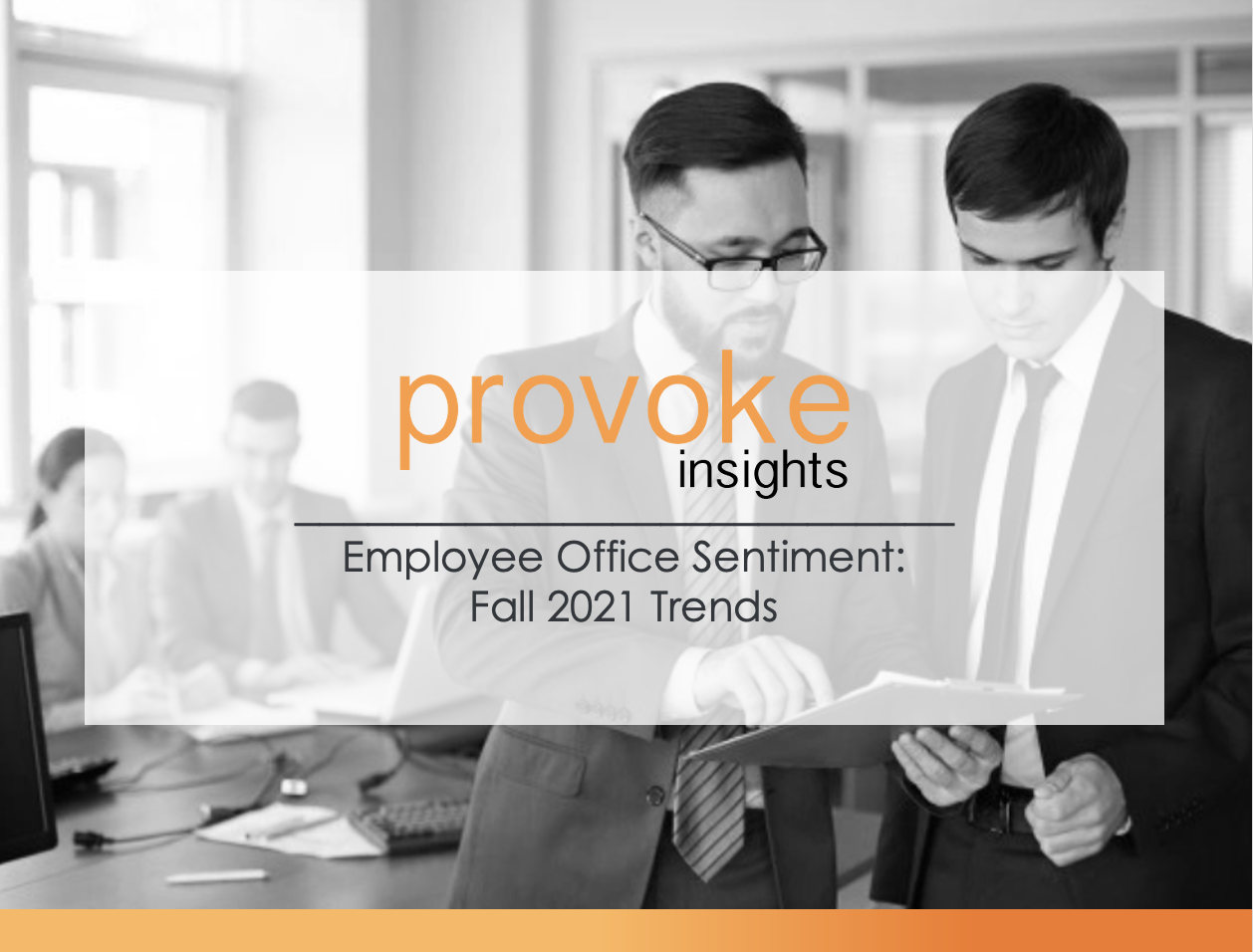While many companies re-opened their office doors back in September, new Covid variants like Omicron and Flurona have employees working remotely again. It is a welcomed pivot to some, as according to Provoke Insights’ third wave of in-house trends employee research, nearly half of Americans prefer to work at home. In this research, we set out to track habits, trends, and consumer attitudes in 15 different industries, including uncovering how the pandemic has impacted America’s workforce.
Employees Prefer A Balance
Before the pandemic, two-thirds (68%) of employees went to the office daily. This model is trending downward, with only half of Americans working in an office setting full-time in 2021. However, some Americans prefer a change of scenery throughout the week as the Hybrid work model continues to climb, and exclusively working from home dips. While Americans can appreciate the comforts and conveniences of working from home, they may be missing a part of corporate culture they can’t get from their couch.
Less Pressure Means More Productivity
Three-fifths (59%) of employees report they are just as productive working at home as they were in an office. Not surprisingly, this is especially true among Generation X. This generation has felt the burnout more than most from pre-pandemic years of commuting and managing a work/life balance. Interestingly, only a third of those exclusively working at home believe they could be more productive in an office setting.
Corporate Perks Are Not Persuasive
As we enter our third year of Covid, two-fifths (42%) of Americans say they are satisfied with working from home. Large company perks like free snacks, happy hours, and ping pong tables won’t necessarily lure employees back either. Those at companies with 5,000+ employees especially prefer to work remotely. This is also true of employees in the South. Who can blame them when venturing outside doesn’t involve bundling up in heavy jackets!
Download the full report for free here.
Methodology
Provoke Insights conducted a 15-minute online survey in autumn of 2021 among 1,504 Americans between the ages of 21 and 65. Provoke Insights uses a random stratified sample methodology to ensure a high degree of representation among the U.S. population. (This includes household income, age, gender, geography, ethnicity, and children living in the household.) Statistical differences between subgroups were tested at a 95% confidence level. The margin of error is +/-2.5%.


















